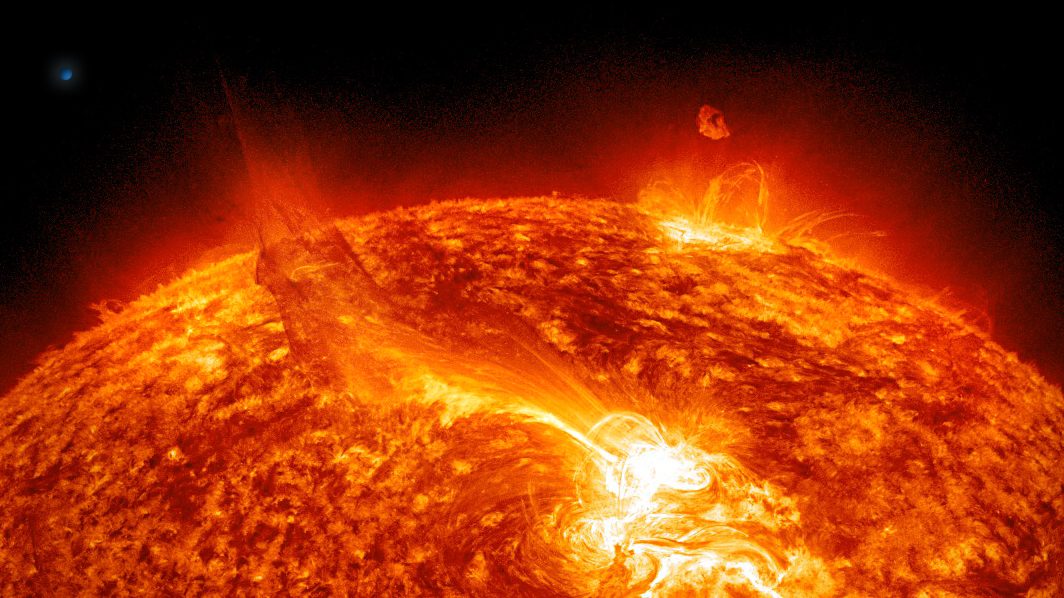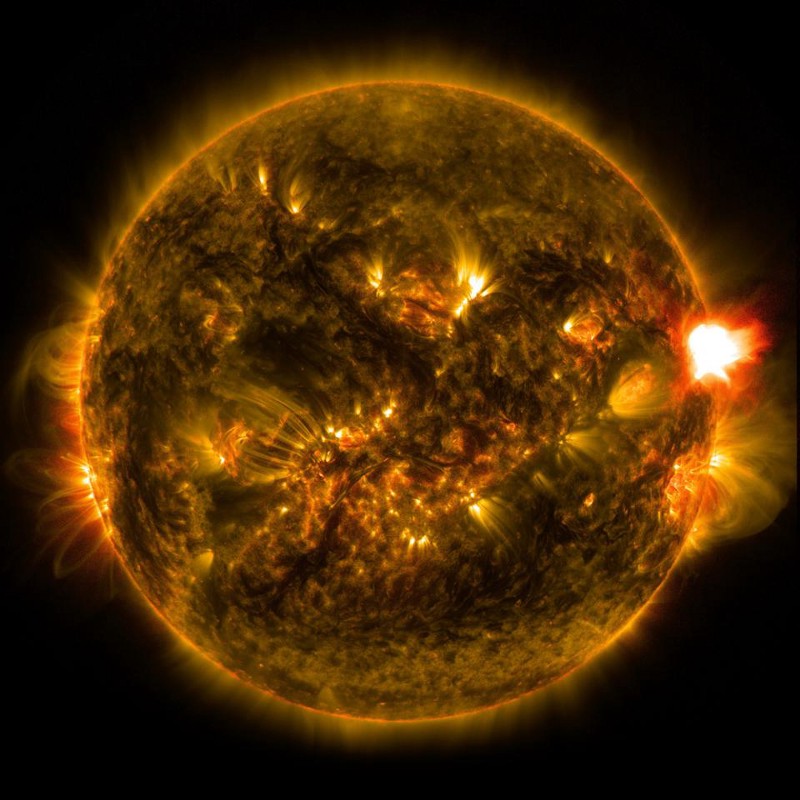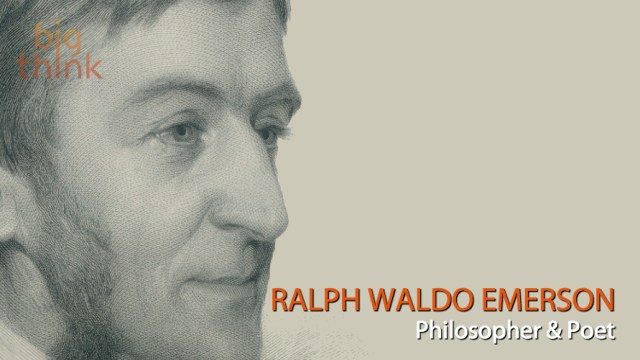Viewers’ Tweets Helping NASA Track the Northern Lights

Twitter is a great way to track the biggest social trends, but scientists are discovering its utility beyond being an outlet for Neil deGrasse Tyson to talk about the inaccuracies and awesomeness of movies, like Gravity and Interstellar. Becky Oskin from LiveScience writes that lead study authors Elizabeth MacDonald and Nathan Case of NASA’s Goddard Space Flight Center have found it’s quite an effective tool in tracking and mapping the appearances of auroras.
In their study they write:
“Twitter can provide both specific details about an individual aurora and accurate real-time indication of when, and even from where, an aurora is visible.”
MacDonald and Case have been able to leverage this social network and its community of citizen scientists to help them gain a more accurate sense on the trends of the Northern Lights. They’ve calculated in their paper how the number of tweets peak in sync with the appearance of the Northern Lights. With funding from the National Science Foundation, the team has built a site called Aurorasaurus.org, along with a smartphone app, encouraging people to report the phenomena. Case reports that not only has Twitter helped them track the appearance of these beautiful light shows, but also they’re able to see the nuances of each appearance.
He said to Oskin:
“We have much wider coverage of what colors are being seen.”
But the main purpose of this system isn’t just to provide citizen scientists with the latest Northern Lights alerts. The Aurorasaurus site explains:
“Occasionally, the sun’s activity generates strong electrical currents known as geomagnetic storms. A storm creates an opportunity and a threat. It allows us to view a strong and beautiful aurora at lower latitudes, but can threaten many of the ground- and space-based systems societies depend on.”
Large geomagnetic storms are few and far between, but they can have the potential to make a huge impact on crucial systems, like one in 1989 that melted transformers, causing the lights to go out in Quebec, leaving 6 million people in the dark.
Dr. Michio Kaku, a theoretical physicist, talks about the kind of devastation we could expect from an event larger than the one in 1989 — one akin to the Carrington Event, which occurred in 1859.
Read more at LiveScience.
Photo Credit: Shutterstock





